Let's talk. About soil.
In addition to air and water, soil is our most life-essential resource. Everything that lives on our planet relies on a 30 cm thick layer of humus known as topsoil. Only when this is fertile and living can soil provide us with the nutrients we need. But how should we be treating soil in order to preserve its vitality – and are we on the right track?
The use of synthetic pesticides and fertilisers disrupts soil life and threatens the purity of our groundwater. Researchers at the University of Bonn in Germany concluded that intensive farming, as we have known it since the industrialisation of agriculture, actually has a negative impact on the national economy. In the long term, the drastic decline in soil fertility and soil biodiversity that is currently taking place is costing us a fortune. Impoverishing our soils reduces their capacity to hold water and increases their susceptibility to erosion.
There are widely differing reasons for the loss of cultivated land around the world. Is Swiss agriculture also facing a soil problem? "Yes, of course, but it doesn't have to – the real question is why?" argues Jürg Raths from Hof Brachland in Bubikon plainly. "What has grown over millions of years, has continued to be put at risk by man since the end of the 19th century, and the use of synthetic sprays and fertilisers since the end of the Second World War has only increased this risk."
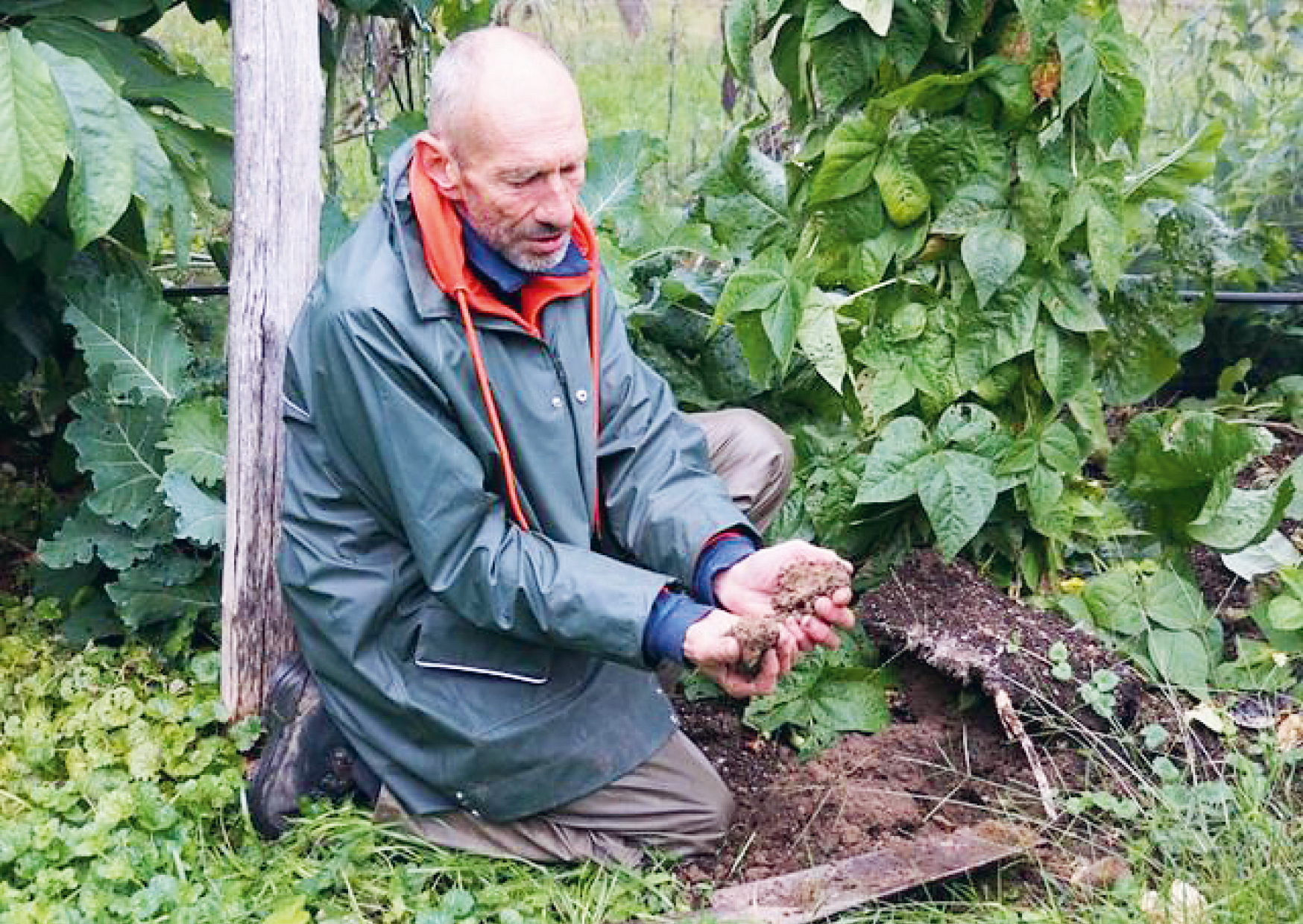
Today, we are forced to accept that we have lost 30% of our total usable land, and must now recognise what the Federal Office for Agriculture already stated in 2014. "The long-term fertility of agricultural soil in Switzerland is under question. Although we have a legal anchor in the Environmental Protection Act Art. 1+2 and the Water Protection Act Art. 6, water pollution levels in many places are still above permitted limits. For this reason, continuing as we have done to date is simply not an option anymore," declares Raths.
No humus, no life
Raths began building up his farm in Bubikon fifteen years ago. At its centre today is a 70-acre state-of-the-art shrub berry and fruit orchard that adheres to Bio Suisse guidelines. After the first few years, however, the yield was somewhat sobering. The soil under the berry bushes, which was mulched with plastic film, was lifeless. Measurements revealed a humus level so low that it was hardly surprising the berries were doing so badly. The Hof Brachland (trans.: Fallow Land Farm) was literally living up to its name. Important stimuli from his employees and his own observations had Jürg Raths rethinking. From this point on, soil became his focus, and the farm underwent a fundamental revitalisation. Current measurements confirm a maximum humus content of 10.4 % in the berry orchard, a value way above the usual.
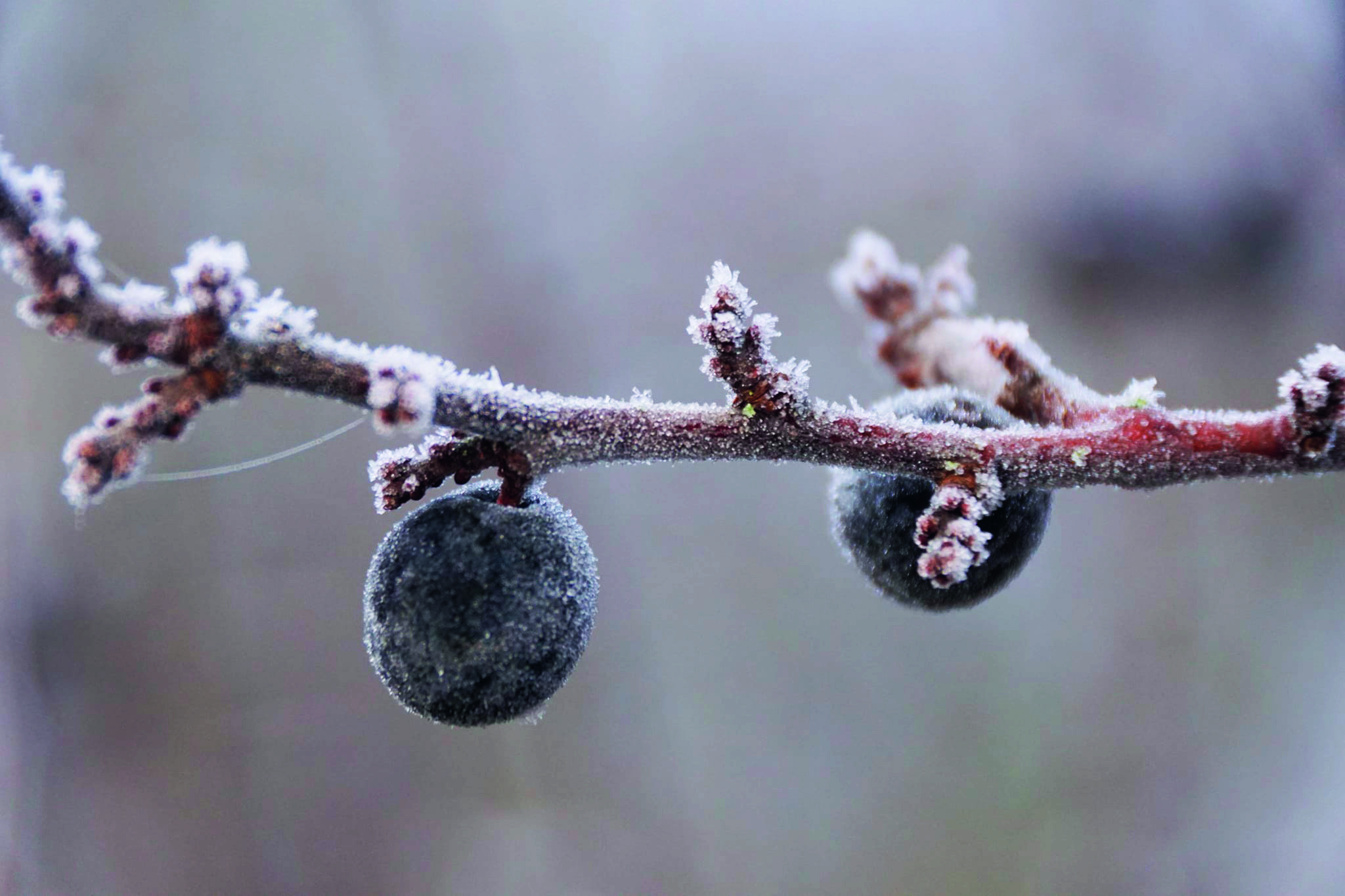
Regenerative agriculture
The focus on soil biology makes the interaction of the cultivated fruit and berries with the processes of the soil layer strikingly visible. Following the principles of regenerative agriculture, it was possible to increase soil fertility and limit the dependence on soil amendments to homemade "teas" and sporadic applications of biological sprays. The somewhat special "fallow land" in Bubikon now produces fantastic yields of high-quality fruits. The aim of promoting soil life and closing the nutrient and water cycles is to build up soil over the long term through cultivation. Principles include keeping live roots in the soil and keeping it covered year-round, keeping tillage to a minimum, and promoting biodiversity, which includes integrating livestock and wildlife into the agroecosystem. For Jürg Raths, the essence of regenerative agriculture is self-evident: "These days, we know what the cost to soil quality is of intensive, maximum-yield agriculture. Some of what we apply today can be found in the principles of biodynamic cultivation, in concepts such as permaculture or in agroforestry systems. In addition to other things, regenerative agriculture reintroduces pre-industrial knowledge. We in the agricultural sector must move away from the production of goods. Instead, we need to nurture our agrarian ecosystems and keep them intact.
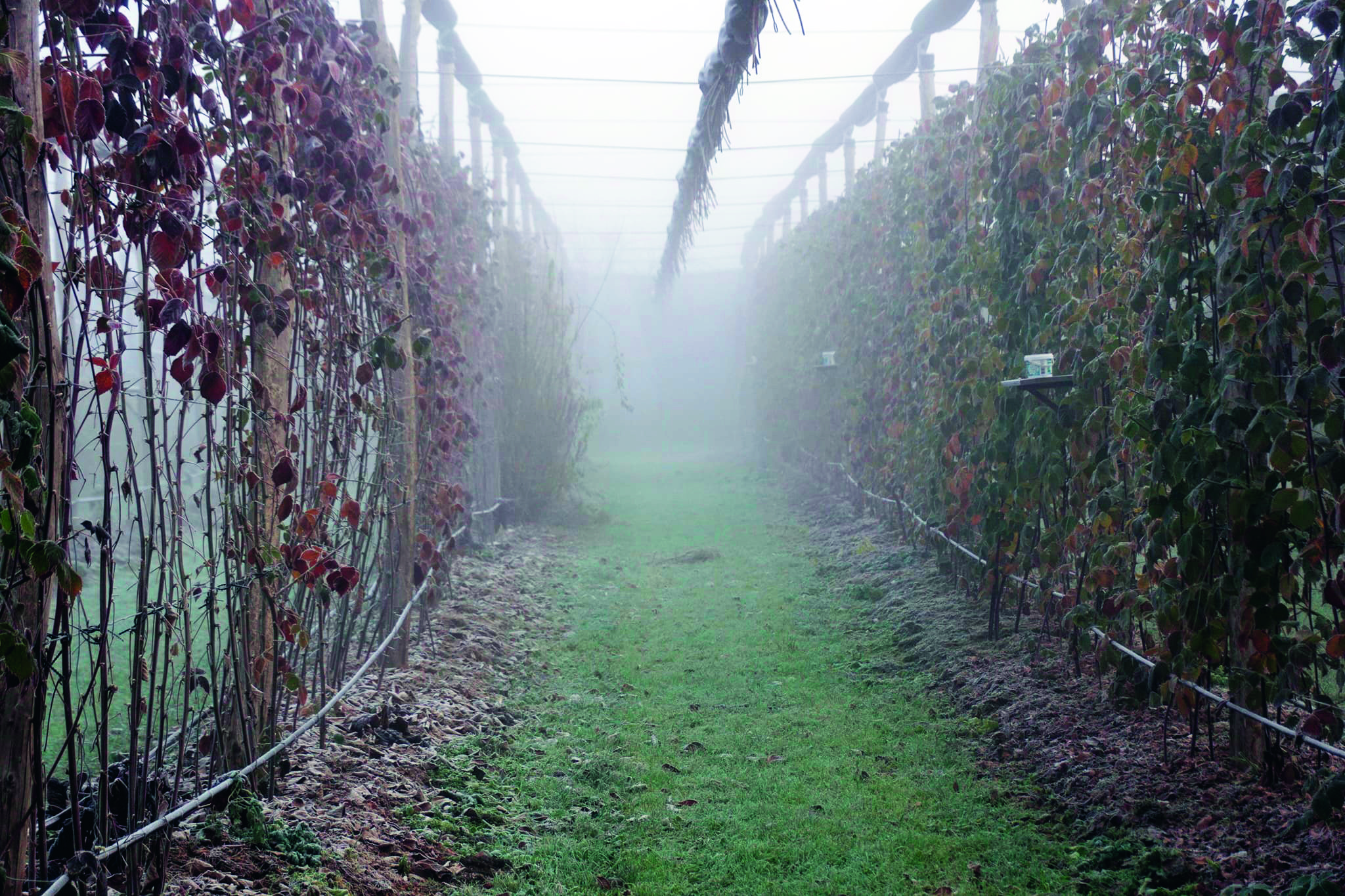
Laboratory of the future
Anyone visiting the fruit and berry orchard in Bubikon finds themselves immersed in a laboratory of the future. Using yesterday's resources and knowledge, there is legitimate hope for securing tomorrow's food provision. Eutrophication, i.e. waters and green areas that are too heavily enriched with minerals, drinking water contaminated with pesticides, and compacted and depleted soils are all the result of intensive agriculture. However, the intensification of agriculture also laid the basis for the technological progress of the 20th century. The fruit and berry orchard at Brachland is a self-contained ecosystem where crops are strengthened indirectly through the soil. After all, new life cannot emerge and become established from a lifeless substrate. Sounds logical, and the farm's diversity stands as indisputable proof of the fact. The berry bushes now sit atop ridges covered with a layer of mulch comprising grass cuttings, mushroom substrate and fine chaff. Chard shines through the berry branches, and in spring, the floor is covered with chickweed and a whole host of other greens. Horseradish, garlic and onions take on the role of fungicide. Although the use of copper products is allowed in Demeter agriculture, they have been an absolute no-go for Raths since the very beginning. That is not to say that his plants don't need patience and healing every now and then, and that things always run flawlessly. "But plants are great at helping themselves – you just have to know how to support them," says Raths thoughtfully. "Essentially, it is healthy, nutrient-rich soil together with mixed crops and beneficial insects that helps plants recover on their own. And it requires a lot of musing and a great deal of patience not to intervene."
In order to treat the soil as gently as possible, Raths completely forgoes ploughing, avoiding thereby disturbing the structure of the upper soil layer. This reduced tillage practice keeps soil life disturbance to a minimum while offering maximum support the soil's own processes.
The diversity of produce from Brachland reflects the diversity of the farm's agroecosystem. The berries and fruits, in addition to the vegetables and other products, are sold in organic specialty stores in the region and, increasingly, directly to customers.
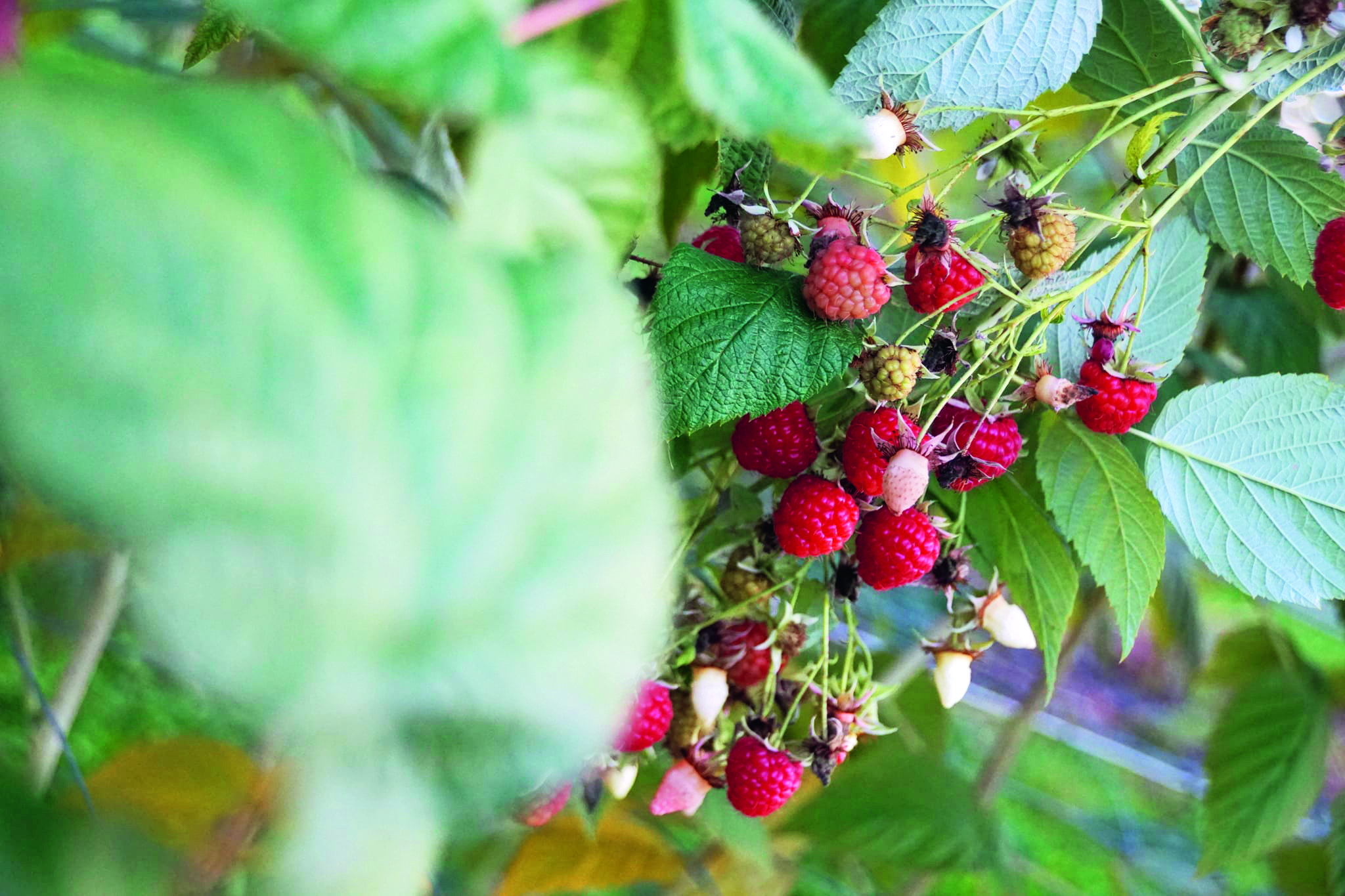
Agricultural policy is on the move
The current situation in Swiss agriculture gives rise to concerns. Soil pollution from synthetic fertilisers and pesticides is high, as is the residue found in our drinking water. The drinking water initiative and the pesticides initiative aim to change this by introducing various measures. The Federal Office for the Environment's 2017 report on the state of Swiss soil declares that the quality of our drinking water is directly dependent on intact and living soil.
Jürg Raths is adamant in his decision to support both initiatives, "We should ask ourselves where our food comes from and how the soil that produces it is treated. An intact and revitalised soil is the aim of regenerative agriculture, a soil that provides us with the nutrients we need without being overused, a healthy soil that is free of synthetic fertilisers and pesticides."
Fertile soil is finite - and therefore infinitely precious.
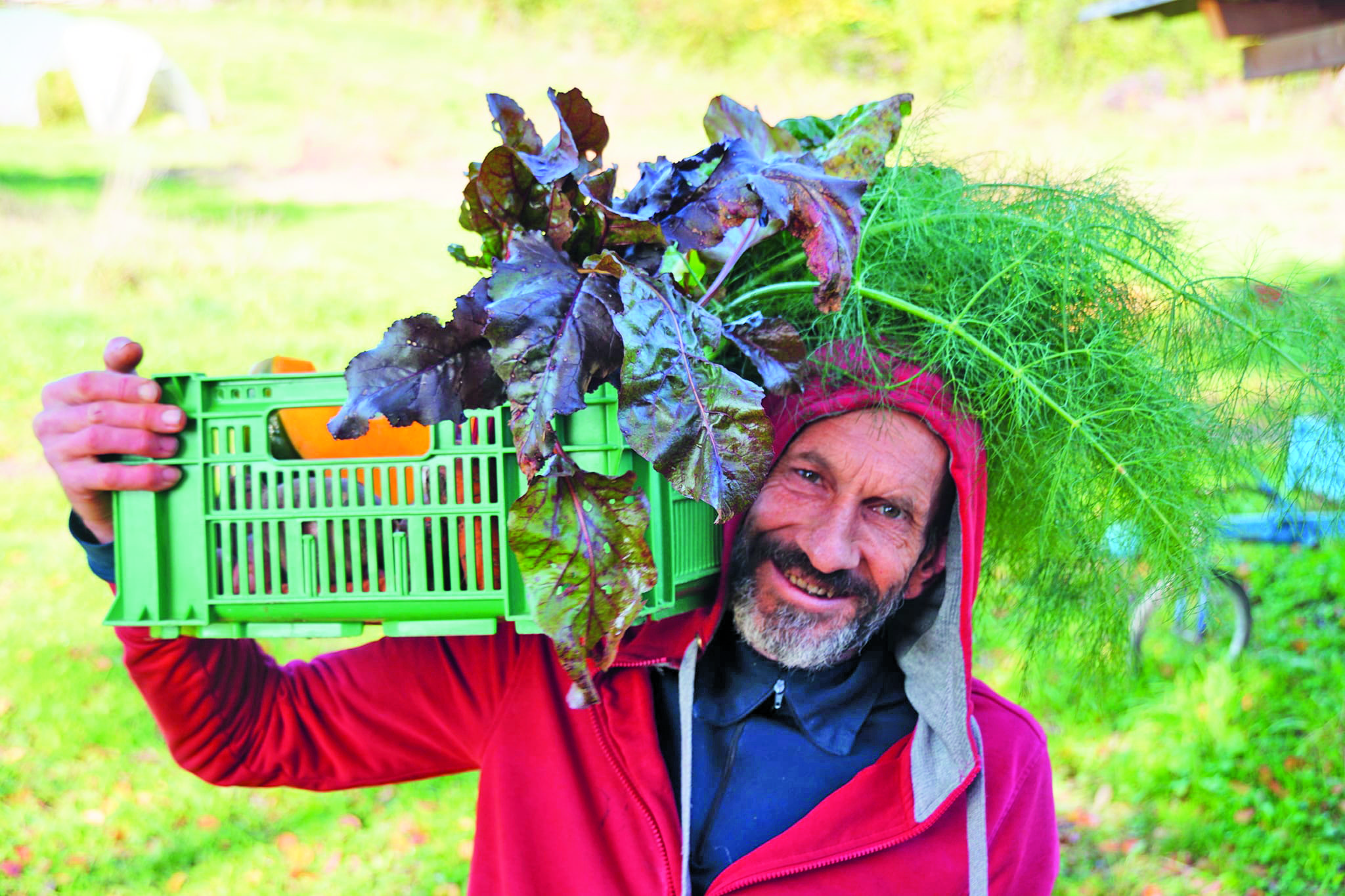
Anyone wanting to get involved and campaign for Swiss soil can fill out a soil fertility sponsorship form, actively support Brachland as a sustainability pioneer, or contribute financially:
→ bodenfruchtbarkeit.bio
→ brach-land.com
A big thank you to our content partner Pflanzenfreund and to Inga Laas & Jeremias Lütold!


